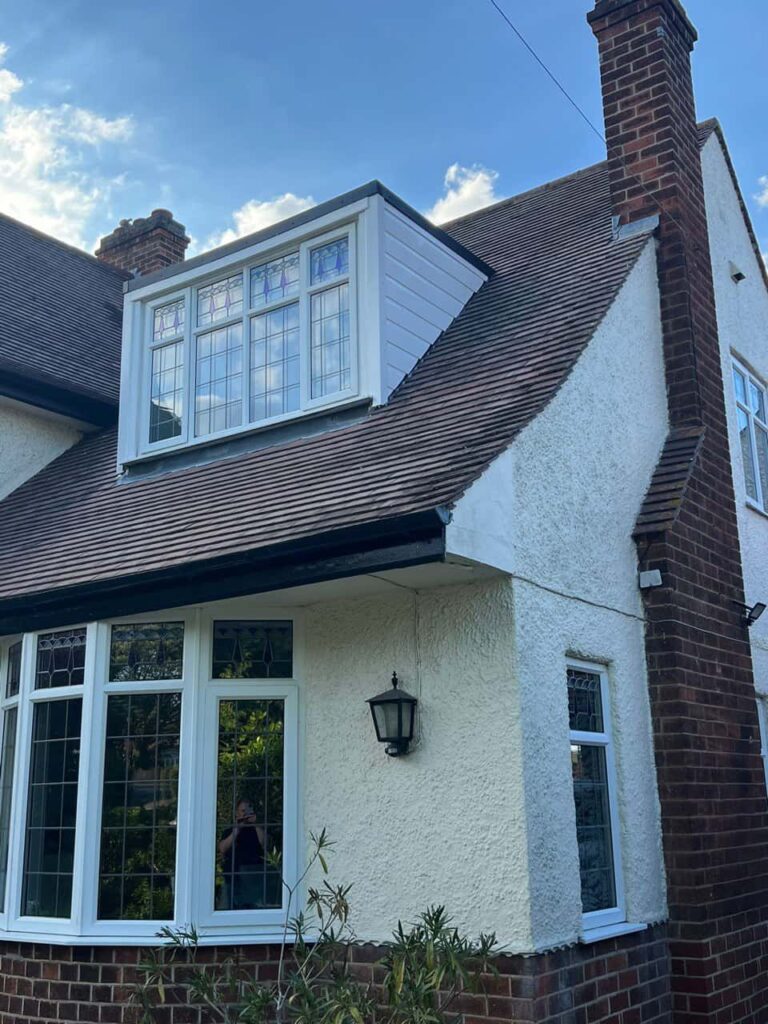When it comes to choosing the right roofing material for your property, two of the most popular options are tiled roofs and slate roofs. Both offer excellent durability, aesthetic appeal, and long-term performance, but there are key differences that homeowners in Beaconsfield should understand before making a decision. At LS Roofing Beaconsfield, we work with both materials and help customers select the right option based on their property, budget, and long-term goals.
Below, we explore seven important differences between tiled roofs and slate roofs.
1. Material Composition
- Tiled Roofs: Usually made from clay or concrete, roof tiles are manufactured to provide strength and consistency.
- Slate Roofs: Created from natural stone, slate is quarried and split into thin sheets, making it one of the most traditional and natural roofing materials available.
2. Lifespan
- Tiled Roofs: Generally last between 50 to 70 years with proper maintenance.
- Slate Roofs: Known for their exceptional longevity, a well-installed slate roof can last over 100 years.
3. Appearance
- Tiled Roofs: Available in a wide range of colours, shapes, and finishes, tiles can be customised to suit different architectural styles.
- Slate Roofs: Offer a more classic, elegant look with a natural, uniform finish that adds character and sophistication to a property.
4. Weight
- Tiled Roofs: Heavier than many other roofing materials but generally lighter than slate.
- Slate Roofs: Much heavier, which means properties must have a robust roof structure to support the additional load.
5. Installation Process
- Tiled Roofs: Easier and faster to install due to uniformity in size and shape.
- Slate Roofs: Require specialist installation as each slate piece must be handled and fixed with precision, which can take longer.
6. Cost of Maintenance
- Tiled Roofs: Maintenance is usually straightforward, with broken or cracked tiles being relatively easy to replace.
- Slate Roofs: While slate is incredibly durable, finding matching replacement slates can be challenging, especially if the original material came from a specific quarry.
7. Weather Resistance
- Tiled Roofs: Provide excellent resistance to rain, frost, and UV exposure, though concrete tiles may show slight colour fading over time.
- Slate Roofs: Extremely resilient to weather, fire, and frost, slate’s natural properties mean it is less likely to absorb water or deteriorate quickly.
Which Option Is Best for Your Home?
The choice between tiled and slate roofs often comes down to aesthetics, budget, and the structure of the property. For a more versatile, customisable option, tiled roofs are often preferred. For those seeking a timeless and long-lasting roof with unrivalled character, slate is a popular choice.
At LS Roofing Beaconsfield, we provide expert advice and installation services for both tiled and slate roofs in Beaconsfield, Buckinghamshire. Our team ensures every project is tailored to the needs of the property, helping homeowners achieve the perfect balance of durability, function, and visual appeal.
Conclusion
Both tiled roofs and slate roofs have unique advantages, and understanding their differences is essential for making the right choice. With professional guidance from LS Roofing Beaconsfield, you can select the roofing solution that best complements your home and provides long-term protection.
Call us on: 01494 416 498
Click here to find out more about LS Roofing Beaconsfield
Click here to complete our contact form and see how we can help with your roofing needs.
